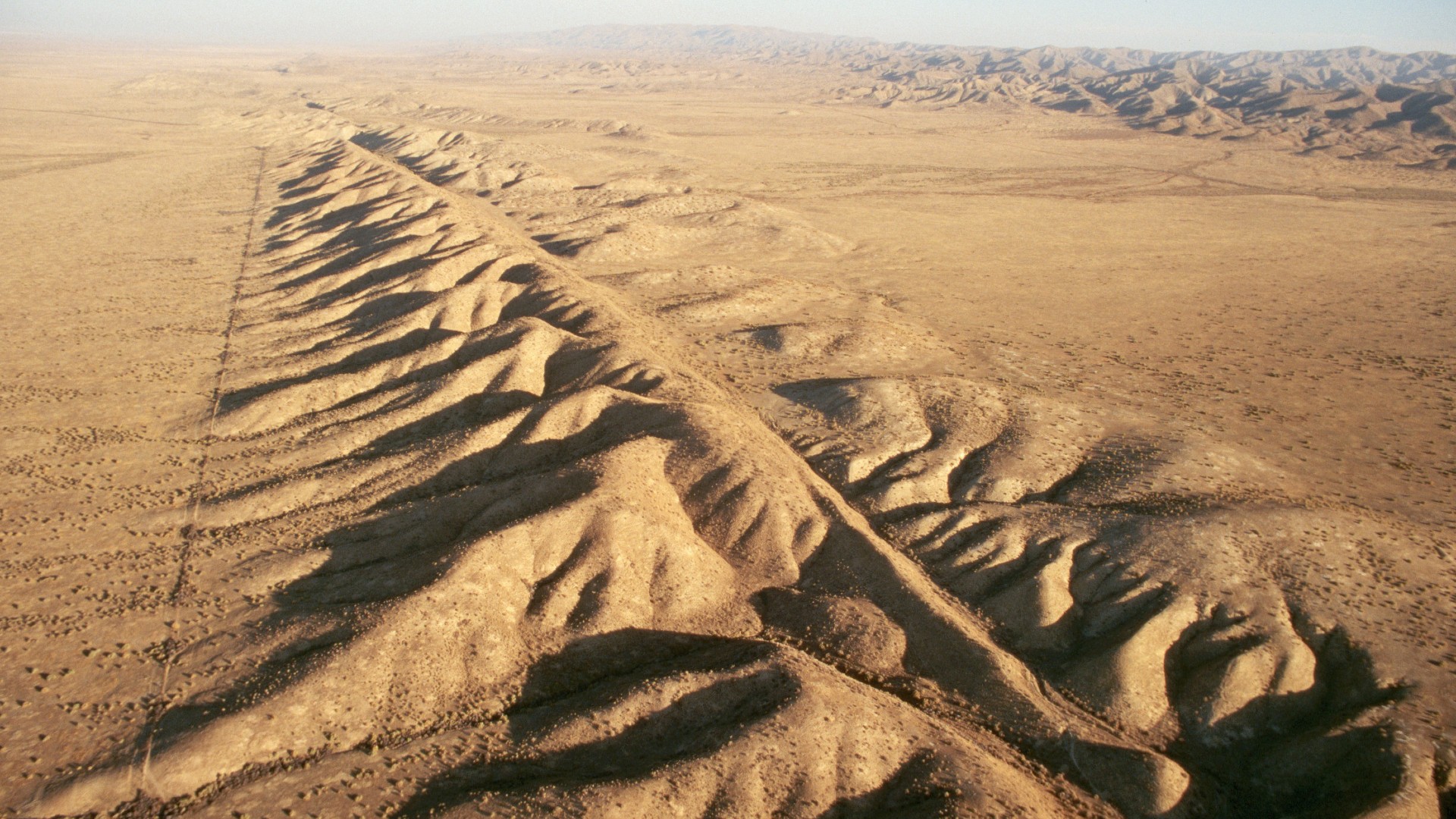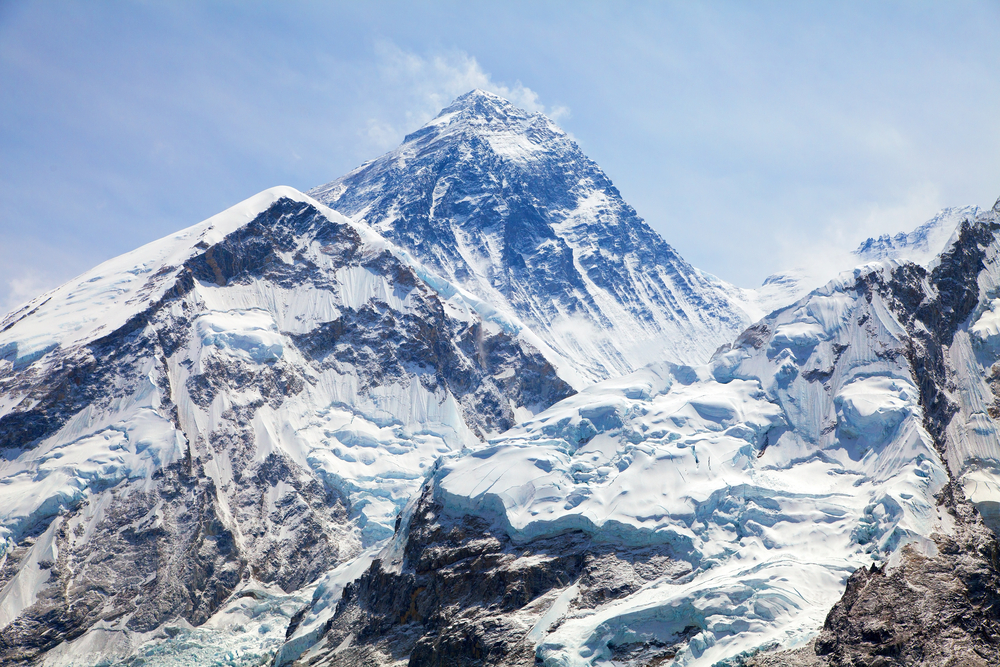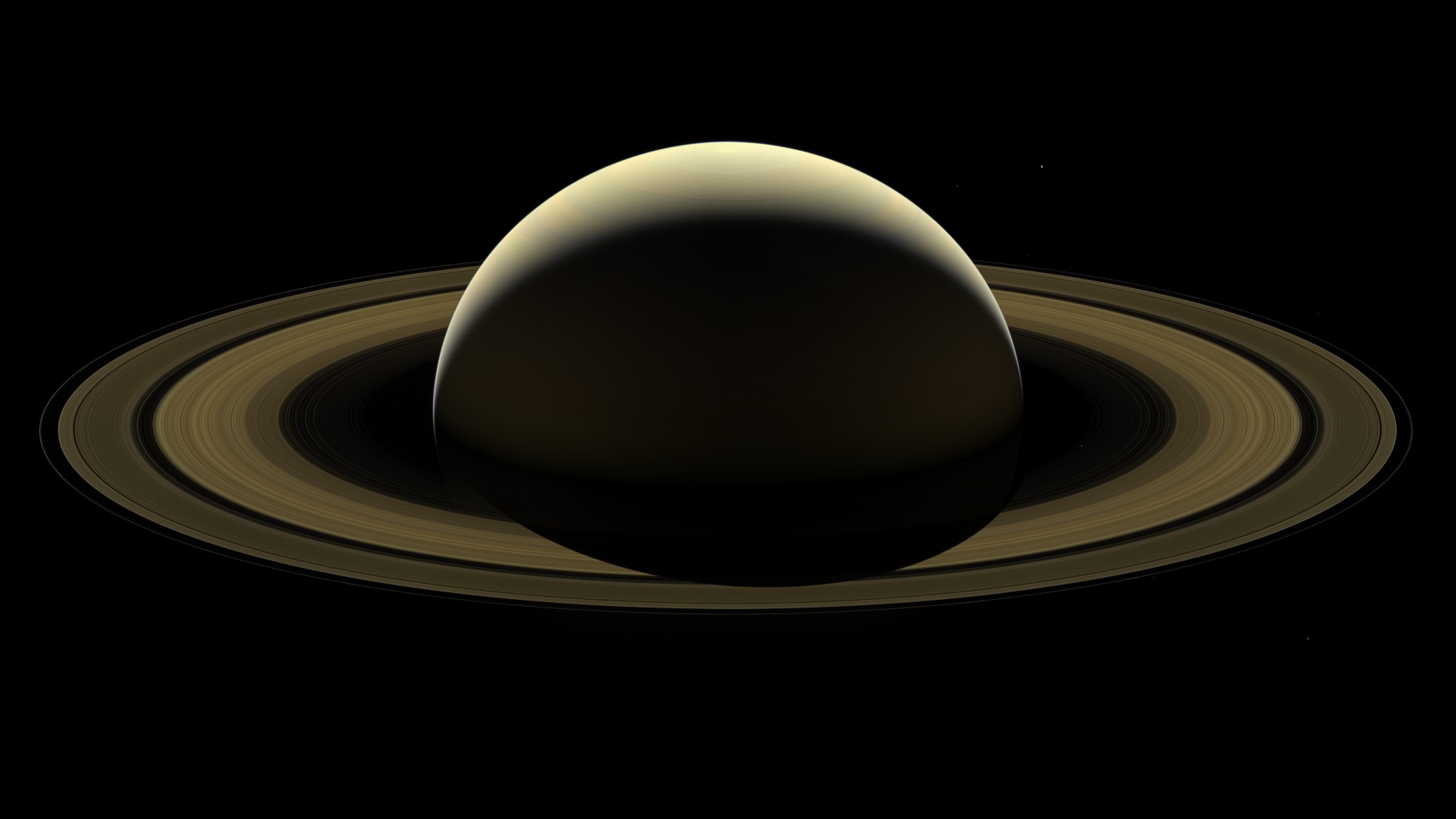Plate Tectonics
Latest about plate tectonics
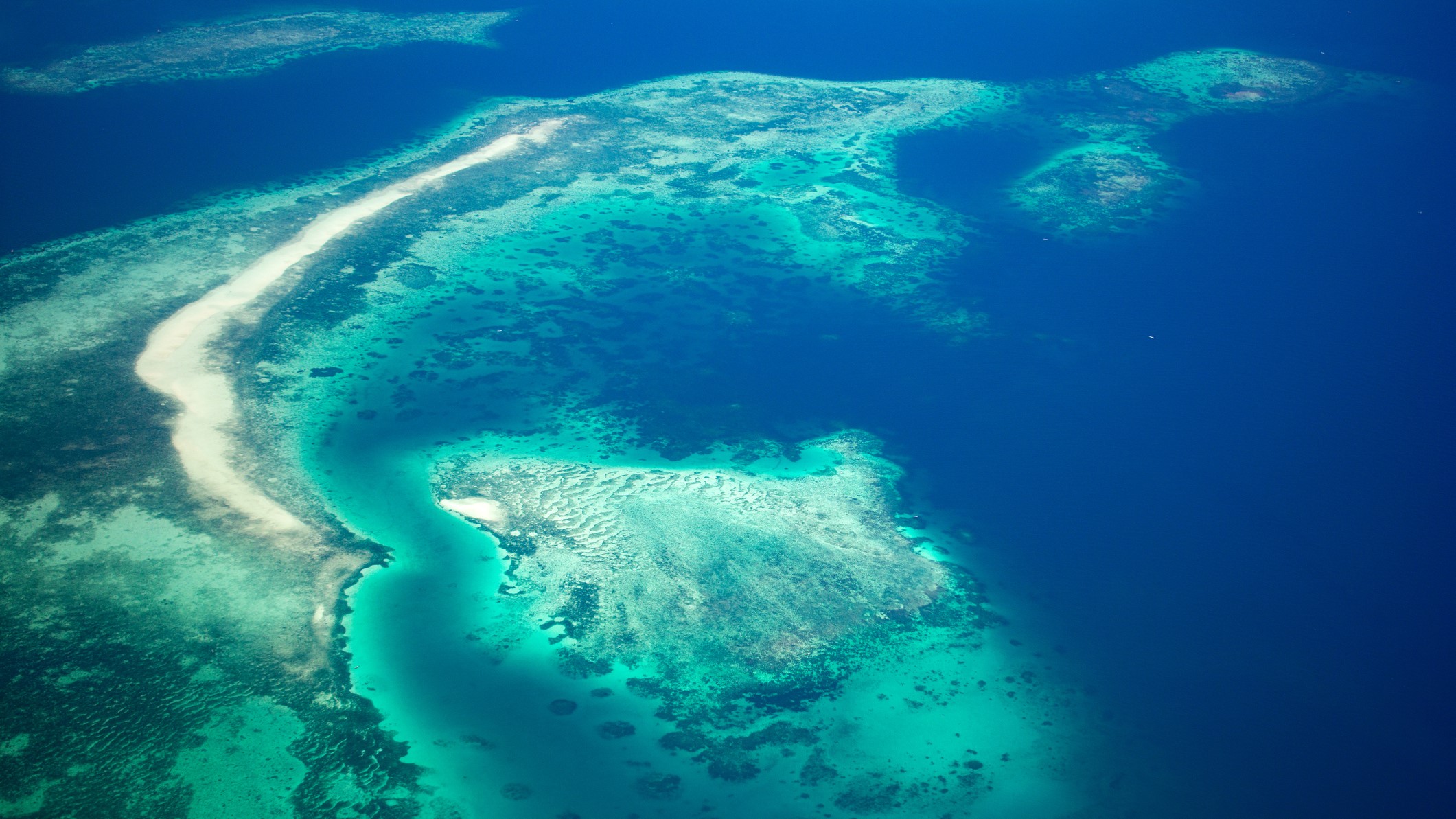
Scientists finally discover 'lost continent' thought to have vanished without a trace
By Sascha Pare published
Scientists have pieced together the remnants of a continent that broke off from western Australia 155 million years ago and seemingly vanished as it drifted northward toward Southeast Asia.
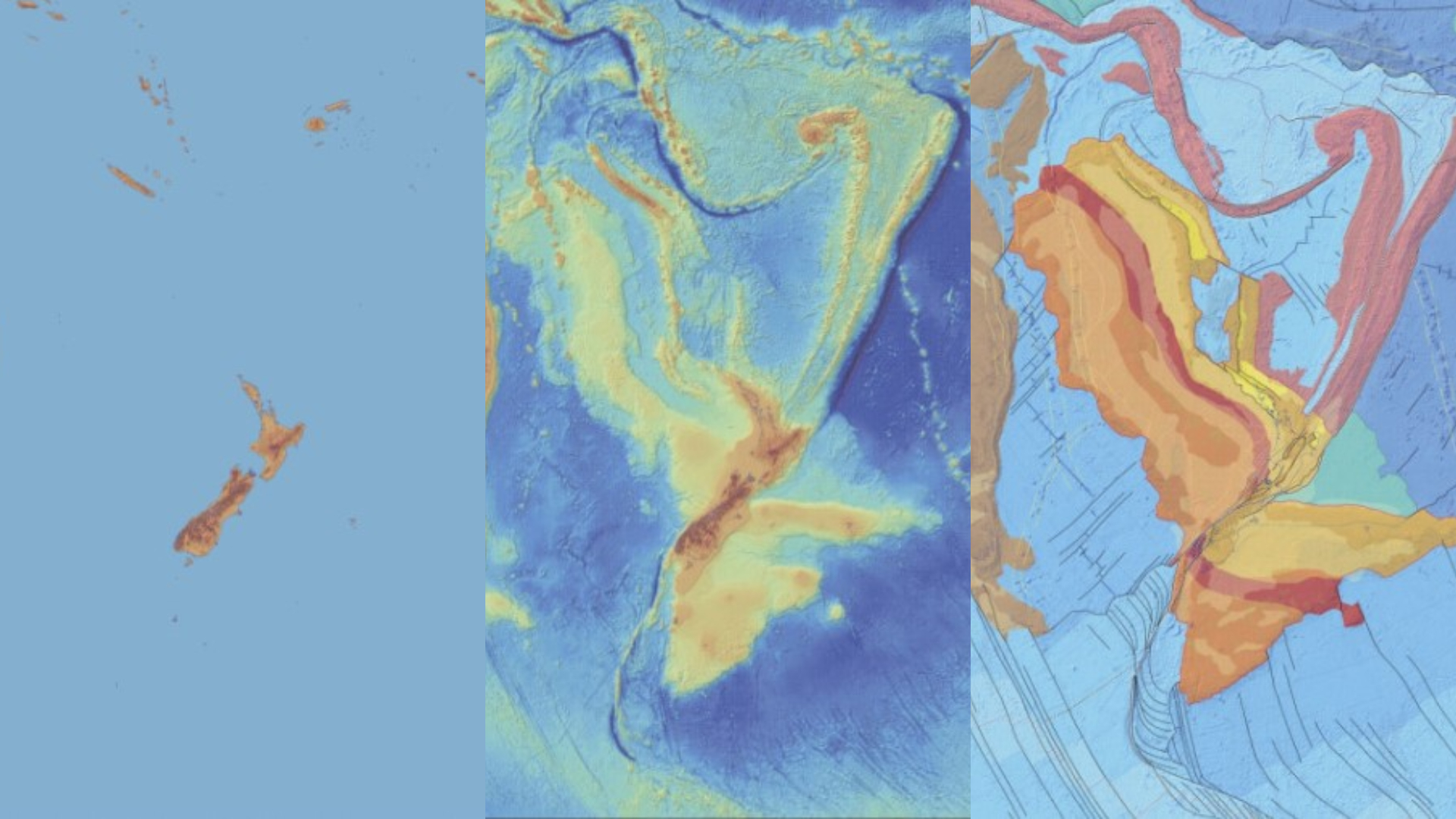
Zealandia, Earth's hidden continent, was torn from supercontinent Gondwana in flood of fire 100 million years ago
By Carissa Wong published
Scientists have fully mapped the lost continent of Zealandia in a world first, discovering new details about how it broke away from the supercontinent Gondwana through the ignition of a huge volcanic region tens of millions of years ago.
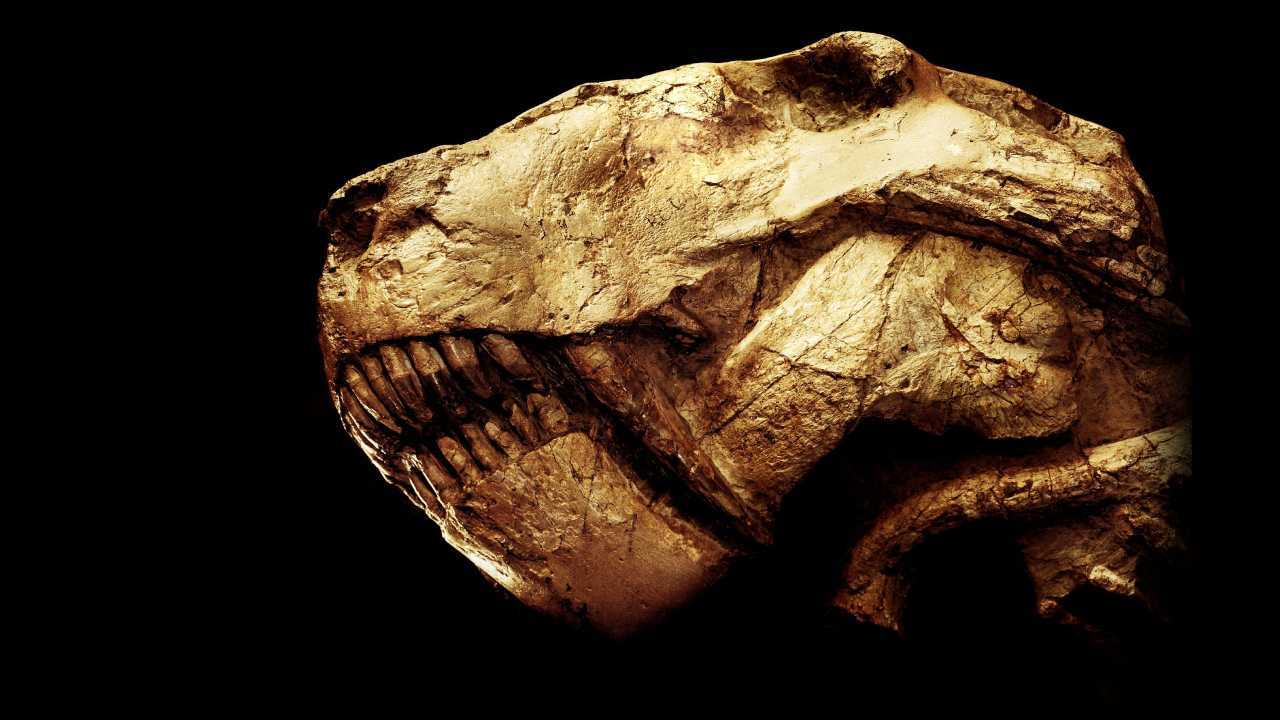
'They seemed primed to take over': How the Great Dying doomed the 'beast tooth' and set the stage for the dawn of the dinosaurs
By Michael E. Mann published
This excerpt from Michael Mann's latest book looks at the Cambrian explosion, the Great Dying and how dinosaurs were able to take over thanks to changes to the climate 250 million years ago.
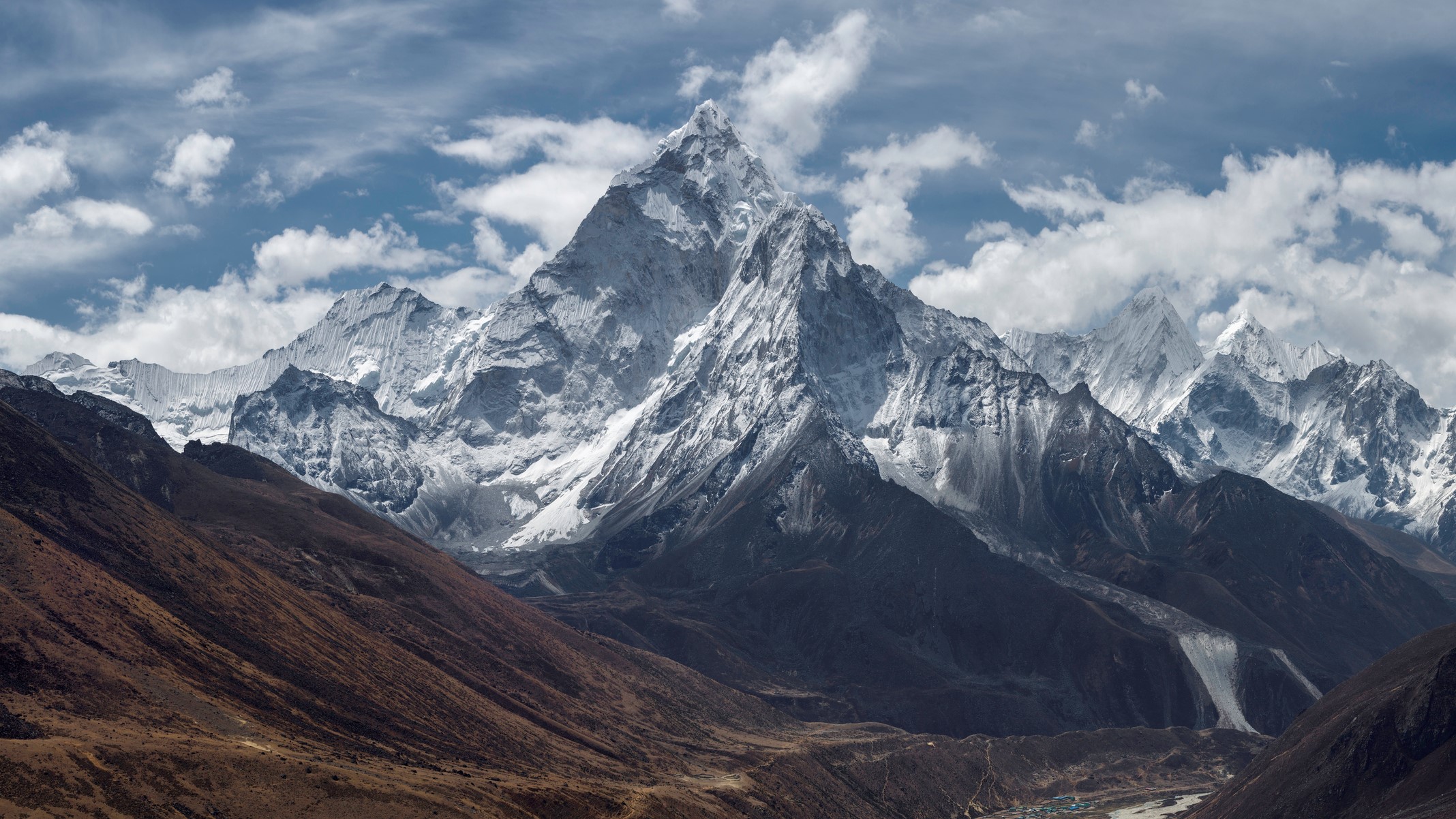
A single massive tectonic collision? That's not how the Himalayas came to be, scientists say
By Sascha Pare published
The world's highest mountain system may have reached 60% of its current elevation before the Indian and Eurasian tectonic plates crashed into each other, giving the peaks an extra push.
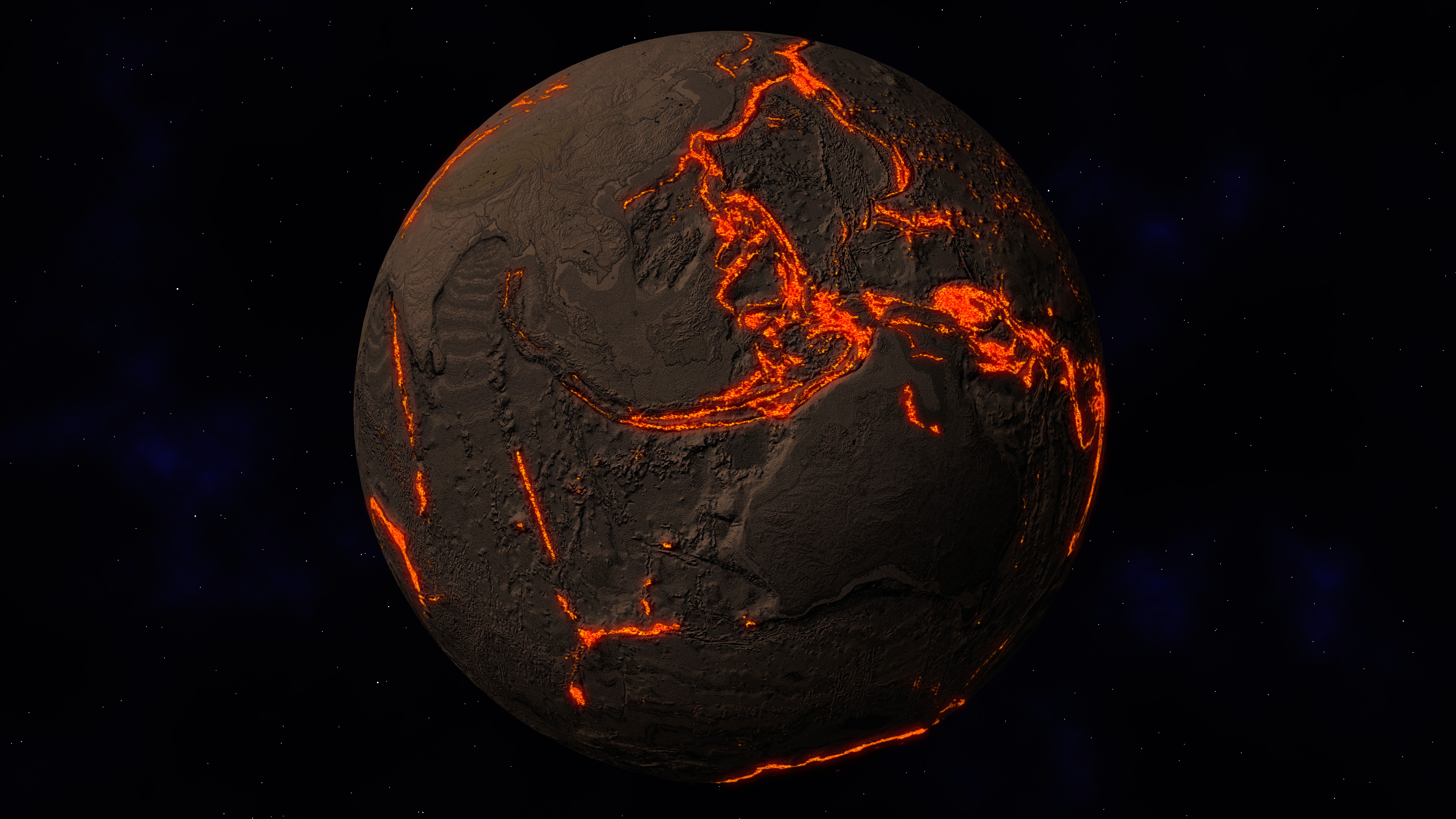
Earth's plate tectonics traced back to 'tipping point' 3.2 billion years ago
By Stephanie Pappas published
Researchers analyzing ancient deposits in Australia found evidence that Earth's layers started to get mixed up — a fingerprint of plate tectonics — about 1.3 billion years after the planet formed.
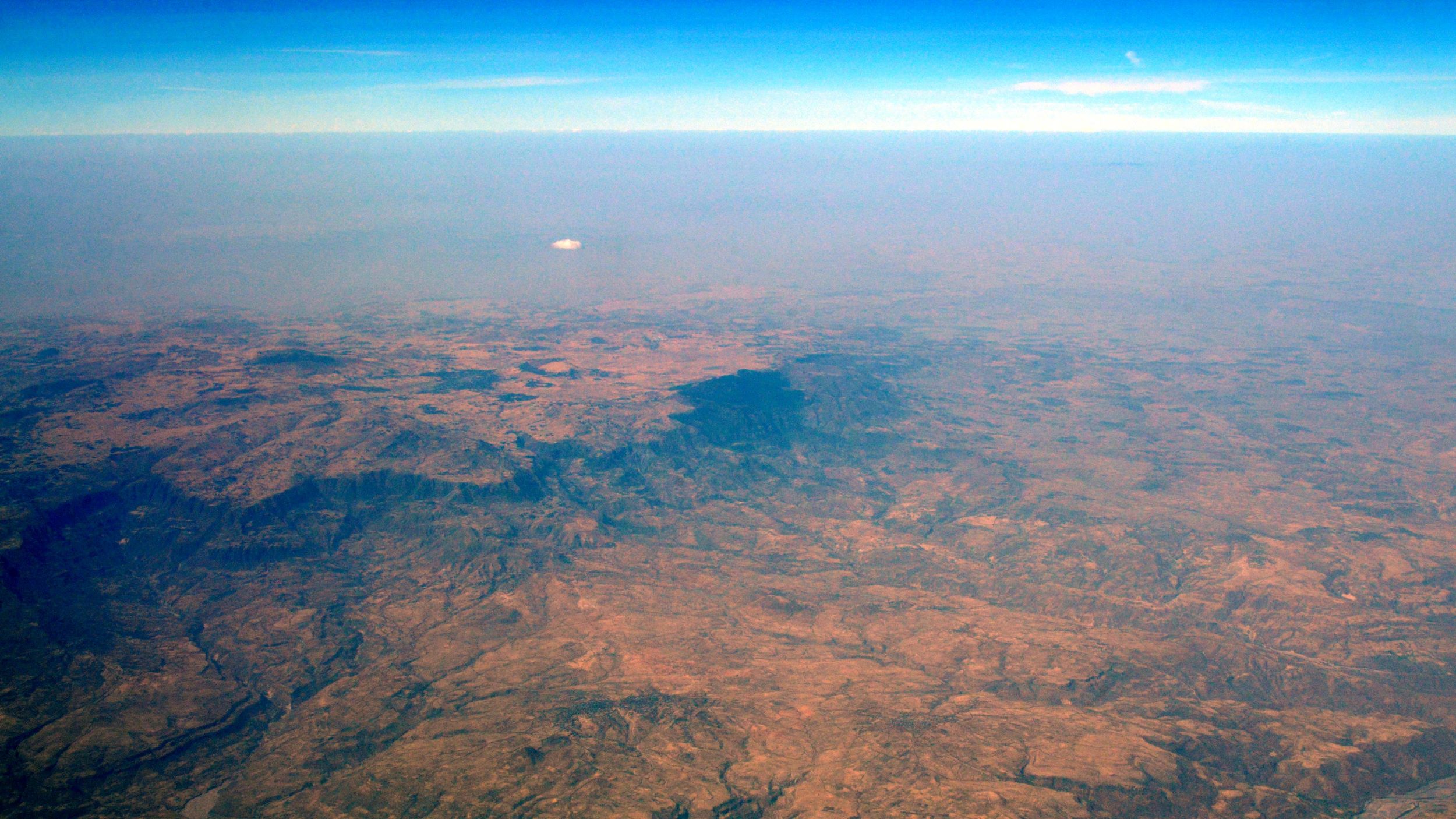
Mushroom-shaped superplume of scorching hot rock may be splitting Africa in 2
By Charles Q. Choi published
Strange, never-before-seen movements in the East Africa Rift Valley appear to be driven by super-heated rock from deep beneath Earth's surface.
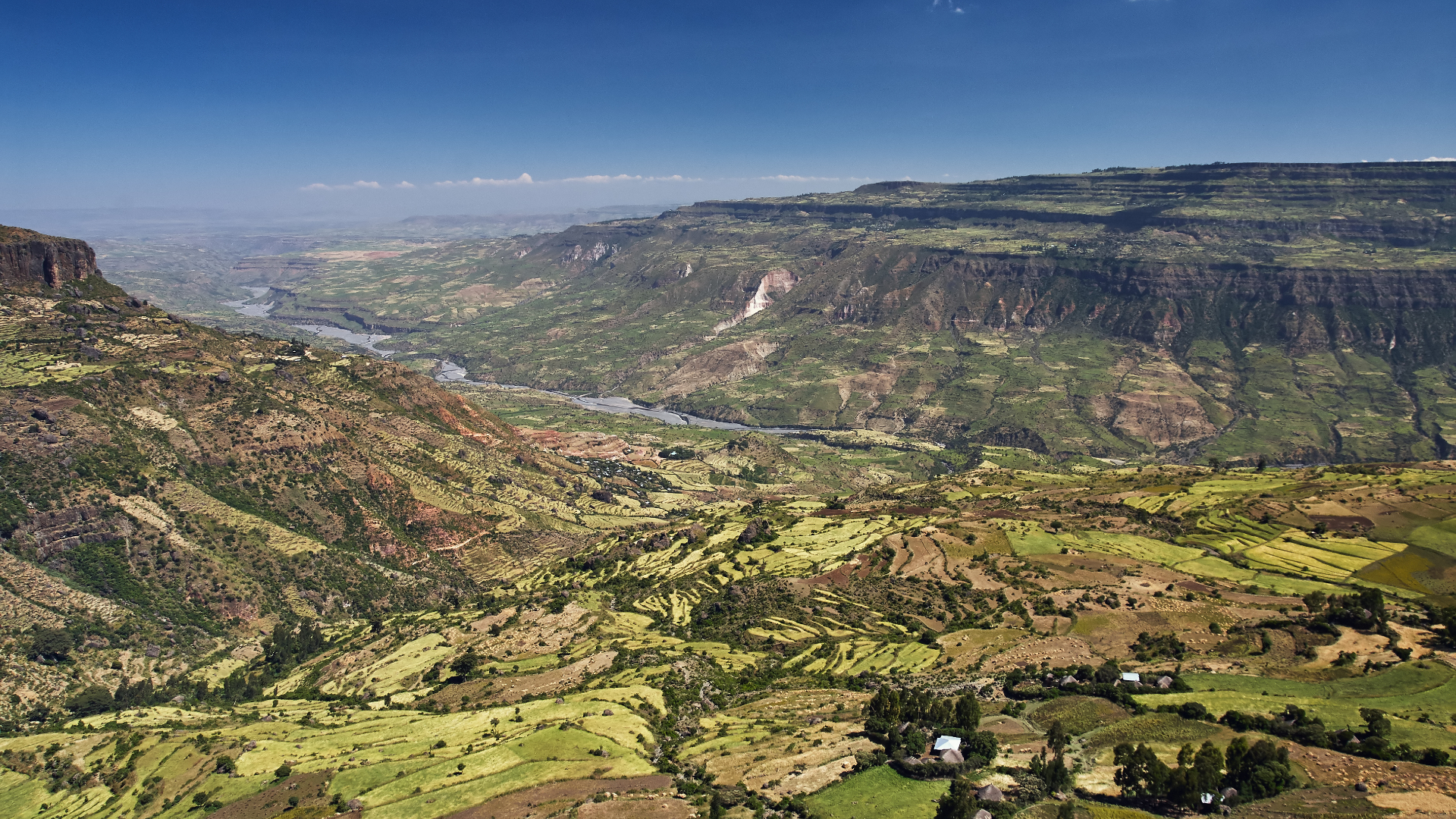
Is Africa splitting into two continents?
By Charles Q. Choi published
Will the East African Rift split the continent and create a new ocean, or will it fizzle out?
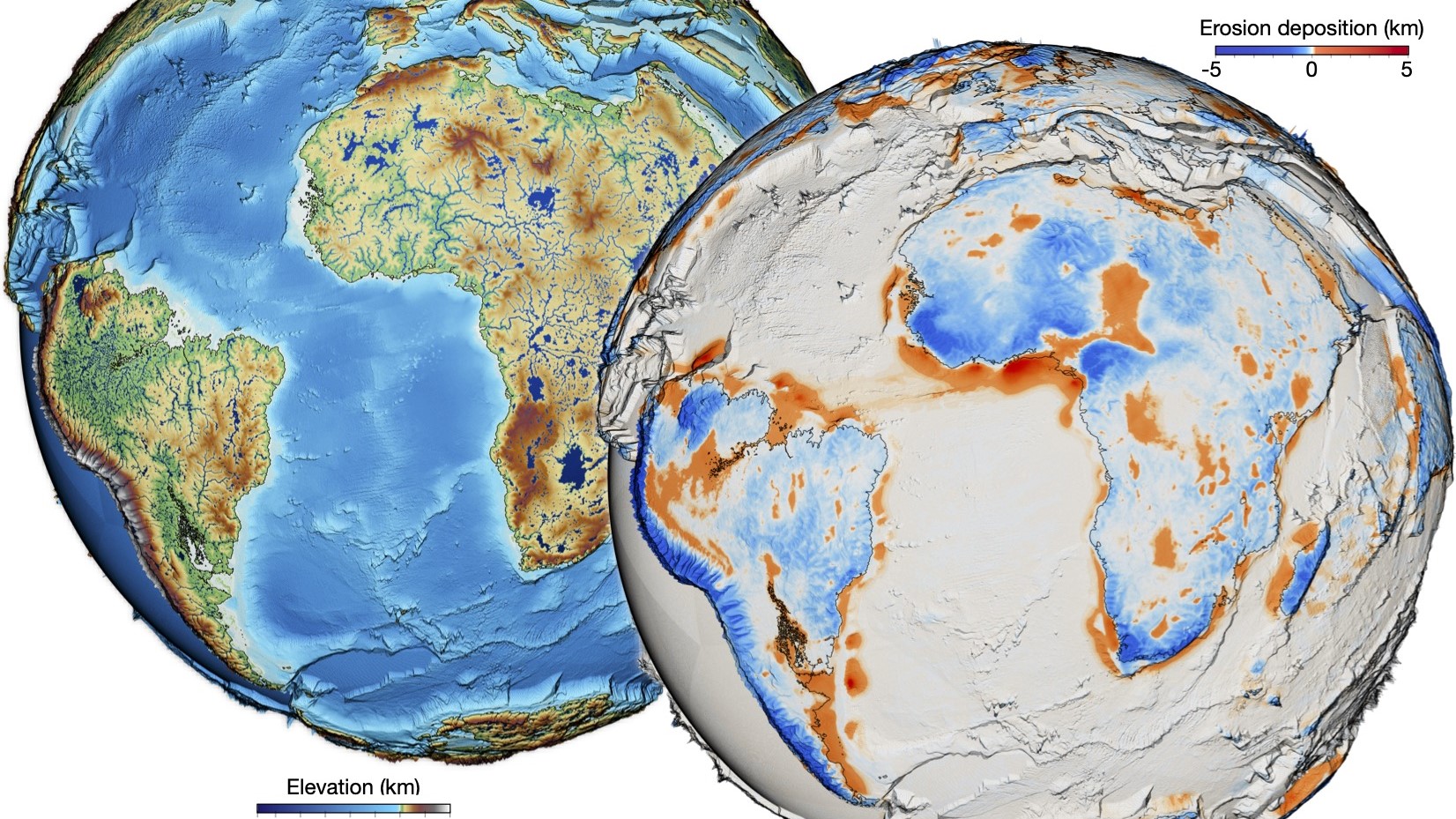
Watch 'unprecedented' animation showcasing 100 million years of Earth history
By Stephanie Pappas published
A new model shows how the planet's surface evolved over the past 100 million years, from the shifting of tectonic plates to the movement of sediments.
Sign up for the Live Science daily newsletter now
Get the world’s most fascinating discoveries delivered straight to your inbox.
